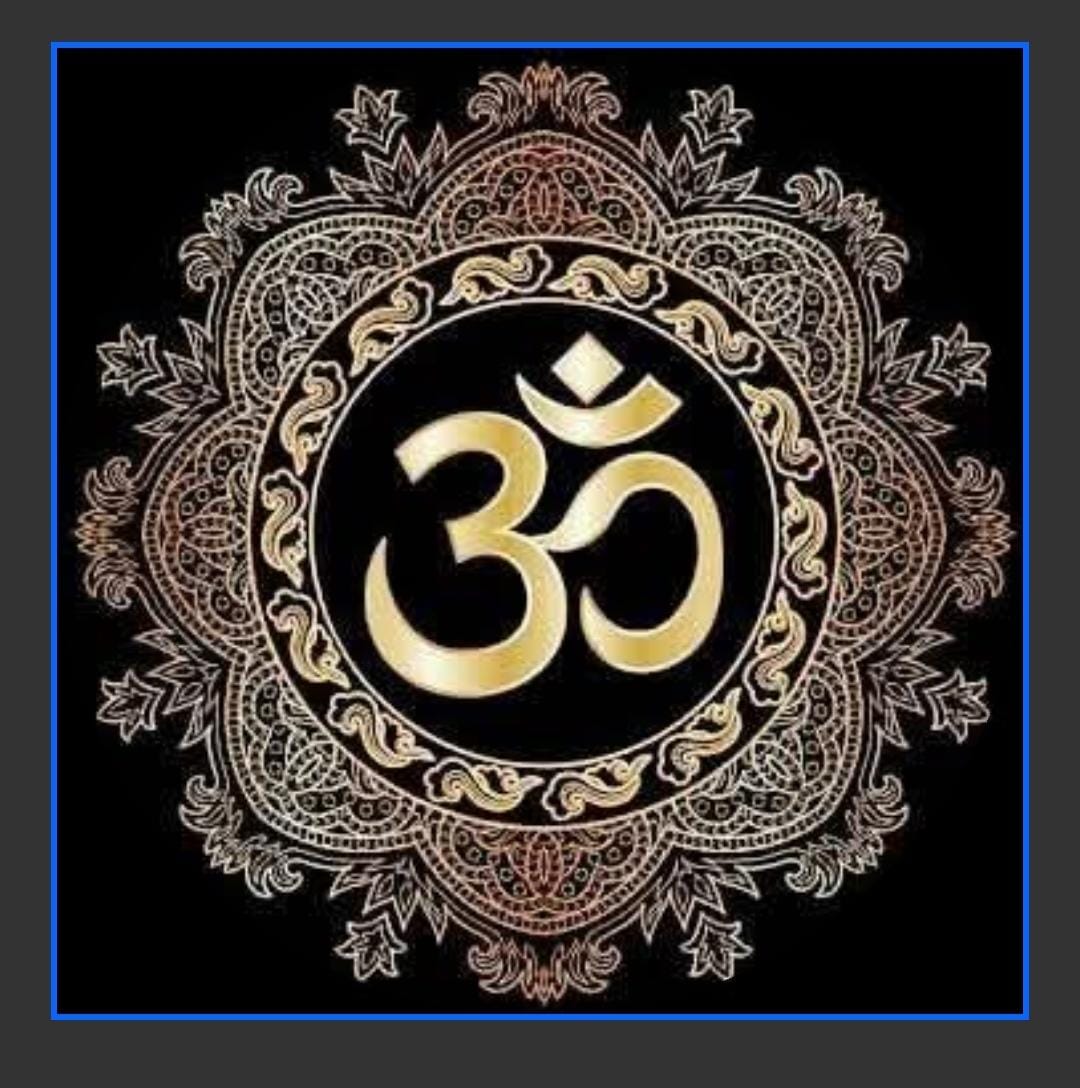
Kamakhya Temple, Assam: The Seat of Divine Feminine Power
Perched atop Nilachal Hill in Guwahati, Assam, the Kamakhya Temple is a highly revered Shakti Peetha, associated with the yoni (womb) of Goddess Sati. A central hub of Tantric worship, feminine energy, childhood fertility, and powerful mythos, this sacred temple attracts both seekers and travelers.
🕉️ Mythology & Miraculous Legends
- Daksha Yagna: Goddess Sati immolated herself in protest of her father’s insult to Shiva. Shiva carried her body in rage. Vishnu’s Sudarshan Chakra struck the body—and shockingly, the yoni fell at Nilachal Hill, sanctifying it as a divine place of feminine creation.
- Mystical Spring: A natural spring bathes the yoni-formed stone inside the sanctum—flowing continually despite the temple’s age, believed to be sacred life water.
- Tantric Miracles: Devotees report healing, fertility blessings, and spiritual visions—especially during Ambubachi Mela, when the yoni is believed to menstruate, and the goddess’s energy peaks.
🏛️ Historical Timeline
- 8th–9th Century: Origin of the shrine; original temple destroyed during early invasions.
- 1565 CE: Rebuilt by Koch ruler King Naranarayan, along with architect Chilarai.
- 17th–19th Century: Gained prominence as Tantric spiritual center under Ahom patronage.
- Modern Era: Recognized for Tantric worship and Ambubachi Mela—with millions of pilgrims.
- Today: Hybrid Nilachal-style architecture, round temple domes, and major festivals draw global interest.
🏯 Temple Architecture
- Structural Style: Combines Nagara (North Indian) and Ahom architectural forms.
- Sanctum: Houses yoni-shaped stone, continuously moistened by a spring.
- Complex Layout: Includes shrines for 10 Mahavidyas—powerful goddesses within Shakti worship.
- No idol—worship focuses on natural form, water, and sacred stone symbol.
🎉 Rituals & Festivals
- Daily Worship: Snan (bath), red hibiscus offerings, coconut, honey, and traditional animal sacrifice.
- Ambubachi Mela (June):
- 3 days temple closure
- Goddess’s annual menstruation observed
- Reopening sees massive devotional outpour—millions of pilgrims, including Tantric practitioners
- Other Festivals: Durga Puja, Kali Puja, Manasha Puja
- Miracles: Pilgrims continue to share stories of fulfilled prayers—on fertility, healing, personal transformation.
🗺️ Travel & Access Guide
- Location: Nilachal Hill, Guwahati, Assam
- By Air: Lokpriya Gopinath Bordoloi International Airport (GAU) – ~20 km
- By Rail: Kamakhya Junction (KYQ) – 6 km; Guwahati Station – 8.5 km
- By Road: Regular ASTC and private buses; taxis and auto-rickshaws available
- Temple Access: Short but steep climb (~150 steps); simple ropeway car service may be in season
🏨 Accommodation (Affiliate Opportunity)
| Hotel | Notes | |
|---|---|---|
| Radisson Blu Guwahati | Luxury with amenities | |
| Novotel Guwahati | Family-friendly | |
| Hotel Kiranshree Grand | Close to airport | |
| Vivanta Guwahati | Rooftop pool | |
| Hotel Dynasty | Mid-range comfort | |
| Hotel Atithi | Budget-friendly | |
| Hotel Rajmahal | Centrally located | |
| Kamakhya Guest House (TTDC) | Spiritual simplicity |
🏥 Health & Safety
- Nearest Hospital: GNRC Hospital, Guwahati (~7 km)
- Common Health Risks: Dehydration, leg fatigue, altitude breathlessness
- Essentials to Carry: Water bottle, electrolytes, basic first-aid, hat, sunscreen
- Baggage Tips: Light backpacks; leave large bags at hotel; avoid plastic inside precinct
🗣️ Language & Guide Services
- Local Language: Assamese
- Other Common: Hindi, Bengali, English
- Temple Guides: Trained local guides available at entrance; ask for NGO/NGO-approved vendors
⚠️ Rules & Etiquette
- Open to all religions and nationalities
- Inner sanctum rituals may be restricted to Hindus
- Dress modestly: no shorts/revealing clothes
- No photography inside sanctum
- Plastic banned on premises
👥 Suitable for All Travelers
- Solo spiritual seekers, families, women, elderly, disabled: safe and supportive
- Spiritual lines: Women Tantriks, Aghoris, saints enriched the temple’s mystic aura
🌄 Nearby Attractions & Festivals
- Umananda Temple (on Brahmaputra island) – ~11 km
- Navagraha Temple – ~9 km from Kamakhya
- Bhubaneswari Temple – within shrine complex
- Ambubachi Mela – peak participation event
🛐 Official Information & Contacts
- Official Website: www.maakamakhya.org :contentReference[oaicite:1]{index=1}
- Office of the Doloi, Temple Manager
Address: Maa Kamakhya Devalaya, Guwahati – 781010
Phone: 0361‑2734654, 0361‑2734655 :contentReference[oaicite:2]{index=2}
Email: info@maakamakhyadevalaya.org, maakamakhyadevalaya@gmail.com :contentReference[oaicite:3]{index=3}
❓ FAQ (Answering Visitor Queries)
1. Mythological significance? ↳ Site of Sati’s yoni—central to Shakti worship and feminine energy
2. Deity worshipped? ↳ Kamakhya Devi in the form of natural stone yoni
3. Location? ↳ Nilachal Hill, Guwahati, Assam
4. How to reach? ↳ Nearest airport GAU; rail via Kamakhya Junction; road via Guwahati buses
5. Word on darshan? ↳ Entry free; queue-based; special darshan during Ambubachi
6. Dress code? ↳ Modest attire—no shorts; remove footwear at entry
7. Pilgrim facilities? ↳ Cloakroom, toilets, priests, guides, medical aid nearby
8. Rituals/offering? ↳ Daily snan, flower offerings, honey, first drops of natural spring
9. Visitor-friendly groups? ↳ Open to all; supportive for families and elderly
10. Best time to visit? ↳ May–June (Ambubachi); Oct–Nov (Durga/Kali Puja)
11. Nearby places to explore? ↳ Umananda, Navagraha, Bhubaneswari shrines
12. Rules and etiquette? ↳ Modesty, no photography, queue conduct
13. Languages available? ↳ Assamese, Hindi, Bengali, English guides
14. Security & lockers? ↳ Cloakroom; local guides; temple admin volunteers assist
15. Internet/mobile? ↳ Good 4G; wifi at nearby hotels
16. Medical aid? ↳ GNRC Hospital and first-aid stations in premises
17. Baggage essentials? ↳ Light packs, hydration gear, minimal luggage
18. Common health risks? ↳ Fatigue—pace your climb; light altitude effects
19. Guide availability? ↳ At temple gate—informative but optional
20. Access limitations? ↳ None for caste/gender/religion, but inner rituals may require Hindu faith
21. Health caution? ↳ Respiratory/cardiac patients—monitor exertion on stairs
22. Spiritual lineages present? ↳ Aghoris, Tantriks, Shakta gurus
23. Deity visuals? ↳ Natural stone yonipitha in sanctum
24. Dress code visuals? ↳ Info boards at entrance, simple traditional clothing
25. Inner photos? ↳ Sanctum photos forbidden; courtyard photos only
26. Entry restrictions? ↳ Open to all; high-energy ritual space respects sanctity

Leave a Reply